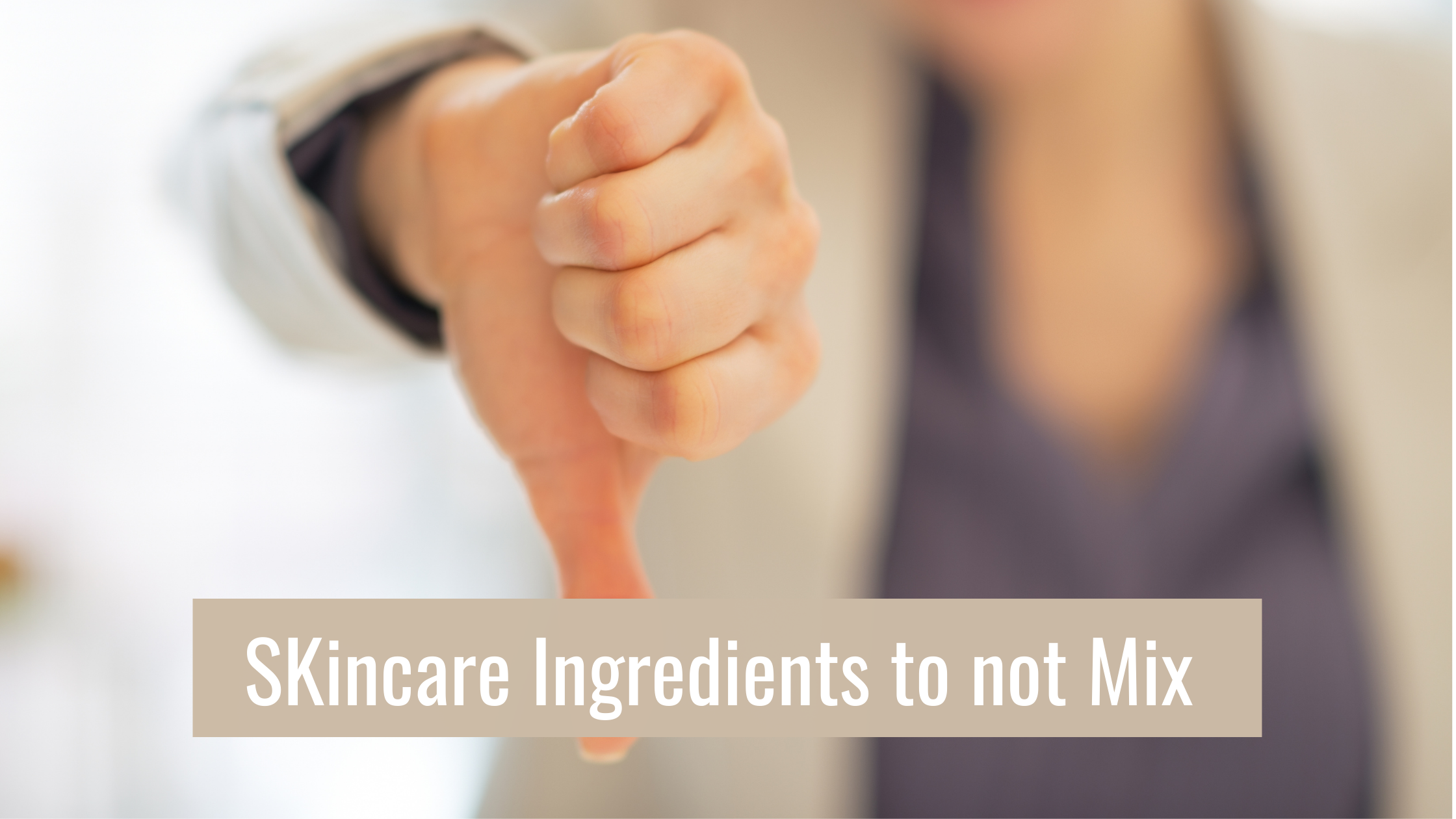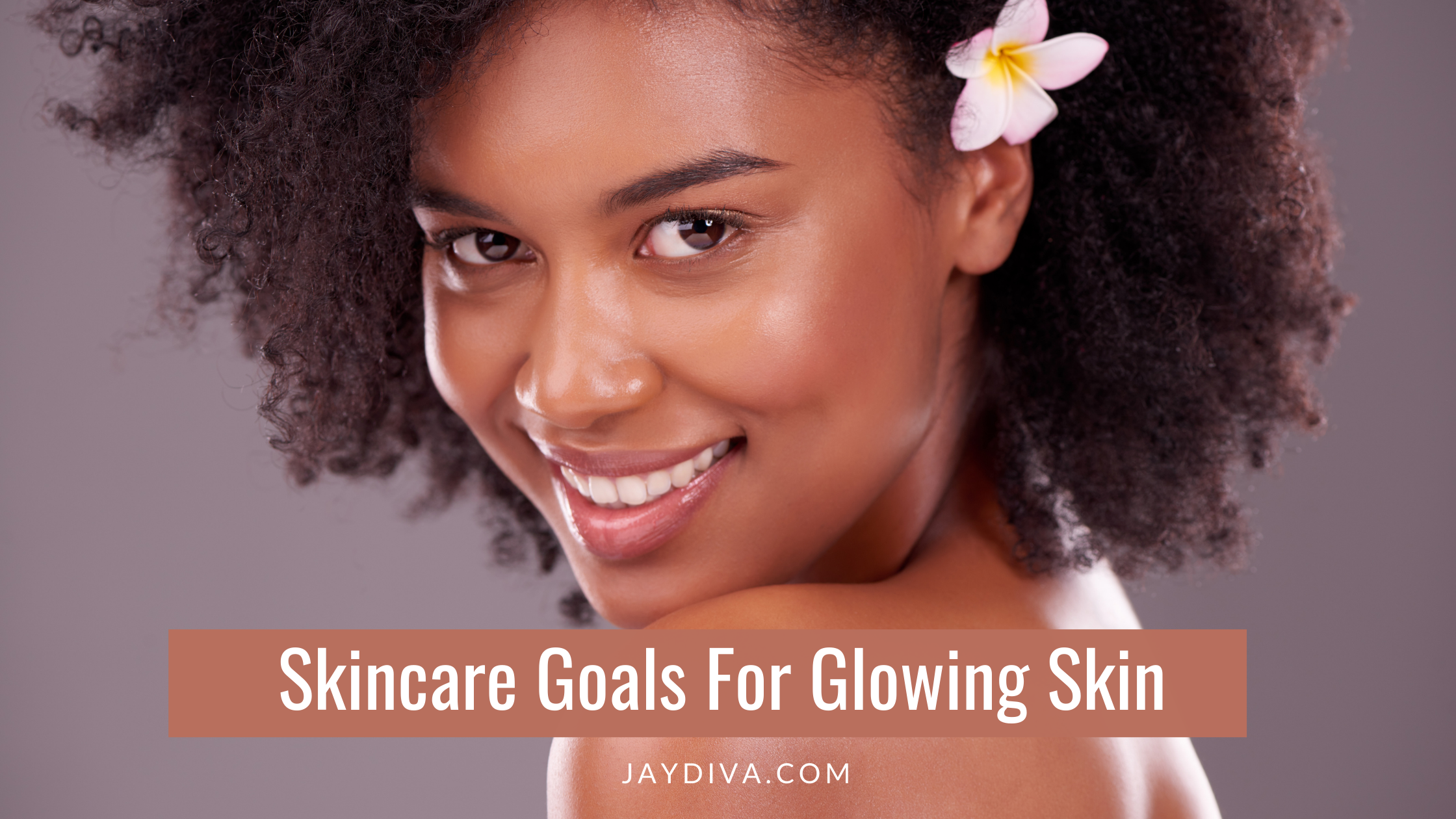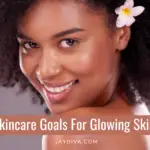Retinoids are a huge rave in skincare, and this is not just for marketing purposes. They are the holy grail of antiaging backed by so many years of scientific research. Everywhere you turn you may find dermatologists and skincare influencers recommending these skincare ingredients as essential in your skincare routine. In today’s post, I will highlight what retinoids are and their awesome benefits in skincare.
So grab a cup of coffee, tea, or something… and, let’s dive in
This post contains affiliate links, we earn a commission when you purchase through these links at no additional cost to you.
Would you rather watch it?
Table of Contents
What are Retinoids in Skincare?
Retinoid is a family name used to described vitamin A derivatives. They are either natural or synthetic. our body cannot manufacture this ingredient so we have to take it in or apply it to the skin.
What are examples of Retinoids?
There are many retinoids out there and it can get confusing. A few are prescription-only while most can be gotten over the counter.
Based on their structure and when they were discovered they can be classified into four generations.
- First-generation: retinol, retinaldehyde, Tretinoin, isotretinoin, and alitretinoin
- Second generation: etretinate and acitretin
- Third generation: Adapalene and tazarotene
- Fourth generation: trifarotene, seletinoid G
Of all these tretinoin is the most studied of the bunch. It has been studied extensively in multiple clinical trials scientific proof to show its efficacy. However, it is fraught with a lot of side effects. Such as burning, itching, redness dryness, and peeling. This has led to an increase in the use of other retinoids such as retinol and retinal which both can produce similar results, albeit with prolonged usage. They also have fewer side effects.
How do retinoids work on the skin?
Retinoids when applied to skin have to first get converted to their active form called retinoic acid. Retinoic acid then mediates their effects by binding to certain nuclear receptors in the skin. Two receptors to be specific (retinoic acid receptor RAR and the retinoid X receptors)
The union of retinoic acid and nuclear receptors increase cell turnover rate, induces collagen production and reduce their breakdown and thicken the epidermal layer of the skin. They are the gold standard in the treatment of photo-aging.
Pin For Later

Benefits of Retinoids
The benefits of retinoids are evident on the skin as reduced fine lines and wrinkles, clearer skin, more even-toned skin from increased shedding of dead skin cells, and less clogged pores.
Due to these many benefits of retinoids, they are marketed for several uses such as in the treatment of mild to moderately severe acne, treatment of fine lines and wrinkles, treatment of hyperpigmentation, psoriasis, and some precancerous skin conditions( actinic keratosis)
How to use Retinoids
Retinoid is a skincare ingredient you don’t want to be sleeping on. If you aren’t already using one in your skincare routine right now… what are you doing?
Now before you go getting a retinoid, there are a few things that are worthy of note.
Retinoids can have a “retinization” period when the skin can get very irritated. You could experience dryness, itching, burning, redness, and this particularly is very common with tretinoin. It could be severe for some. For those with sensitive skin, this may not be the best for you. Use milder retinoids like retinyl palmitate or retinol instead.
Related Post
So when you are just getting started on your retinoid journey you are better off starting with a low strength retinoid and then as your skin gets accustomed to it then you move to higher strengths
It is important to note that it could take up to 3-6 months to see the benefits of using a retinoid.
Retinoids are broken down by sunlight and so should be used in the evenings and ensure you use sunscreens in the mornings
Steps
- You start off by cleansing your skin with a mild cleanser
- Wait till your skin is totally dry because applying a retinoid to damp skin could increase its absorption and lead to more irritation
- Apply just a small amount to your forehead, cheeks, and chin and gently massage into the skin
- Finish up by applying a moisturizer
If you experience irritation you can slow down the frequency of usage or discontinue its use for the time being. When the irritation abates you can resume but at a slower pace.
And that’s it. Your skincare routine in the evenings when you use retinoids should be simple. Avoid combining them with other skin actives like Alpha hydroxy acids like Glycolic acid and lactic acid, beta hydroxy acids like salicylic acid and vitamin C to avoid over irritating the skin.
Hope you found the post helpful, and do have a lovely day. See you at the next one.
























